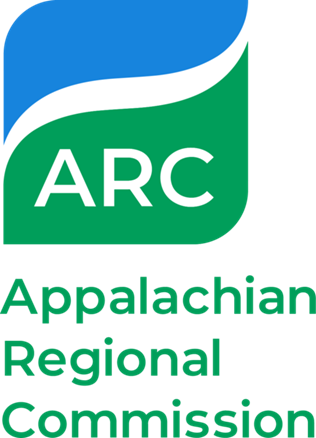Abstract
Introduction: Food insecurity is a problem for individuals across Ohio, including those living in Appalachia. Adequate access to resources that help combat food insecurity is important for these populations.
Purpose: To examine how rurality relates to food insecurity and need for food resources, as well as availability of those resources including food pantries and soup kitchens, in 15 northern Ohio Appalachian counties.
Methods: A cross-sectional study with a geographical analysis was conducted using data from the American Community Survey census data, County Health Rankings data, and regional foodbank websites.
Results: Rural counties had a higher ratio of potential clients per service for food insecurity than did non-rural counties. They also had slightly more children eligible for free or reduced-price lunches than non-rural counties. However, the non-rural counties had slightly higher percentages of residents classified as food insecure and with limited access to healthy food.
Implications: There are more potential clients per service for food insecurity in rural counties compared to non-rural counties. To promote greater access, additional food pantries should be opened in rural counties.
DOI
https://doi.org/10.13023/jah.0303.09
Creative Commons License

This work is licensed under a Creative Commons Attribution 4.0 License.
Recommended Citation
Johnson CT, Fischbein R, Baughman KR. Geospatial Analysis of Rurality and Food Banks in Appalachian Ohio. J Appalach Health 2021;3(3):110–19. DOI: https://doi.org/10.13023/jah.0303.09
Included in
Appalachian Studies Commons, Inequality and Stratification Commons, Public Health Commons, Regional Economics Commons, Regional Sociology Commons, Rural Sociology Commons





Social Media Links